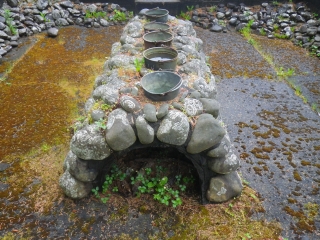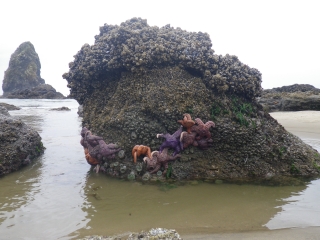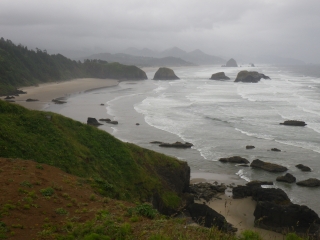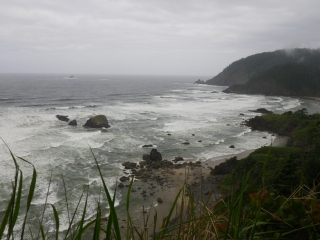Sunday, June 8, 2014 - I flew to Portland via Dallas. Driving to the airport, I thought maybe I left the pump to my stove at home. I stopped at the
rest stop and checked. Sure enough, it wasn't packed. Luckily, REI in Portland had one. I got fuel there too. I sprang for an AWD vehicle with back
seats that folded down so I could sleep at the bottom of Timberline.
Monday, June 9, 2014 - I snowshoed to 9000' and set up camp. It was very windy. It was hard to sleep even with earplugs. I had my new Hillberg tent and
was glad for it.

View from 9000 Foot Camp
Tuesday, June 10, 2014 - I got up
at 1 am and started to hike. It was too windy. There was ice and water in the wind, maybe from the vents. I got to about 9500 feet and returned to the
tent. Around 6 am, I melted snow for coffee and headed to the top. Above 10,000 feet, it was very steep. There were steps kicked in at the steepest parts.
I reached the top around 10:30 am. Clouds blew in and out, but while I was on the top, it was beautiful. I could see Mt. Rainier, Mt. St. Helens, Mt. Adams,
Mt. Jefferson, the three sisters, and even Mt. Shasta in California. The hike down was tough. I stopped and packed up the tent, then snowshoed down to the
parking lot, arriving around 3 pm. I then drove to a Chinese buffet and then Ft. Stevens State Park in the NW corner of Oregon.

View from 9000 Foot Camp






















